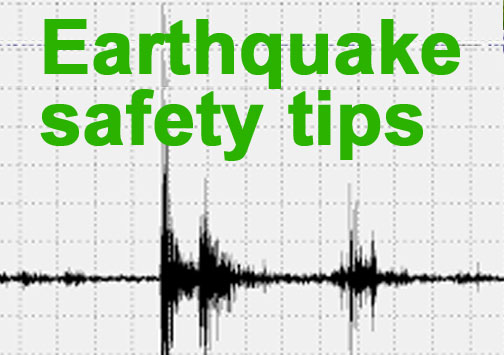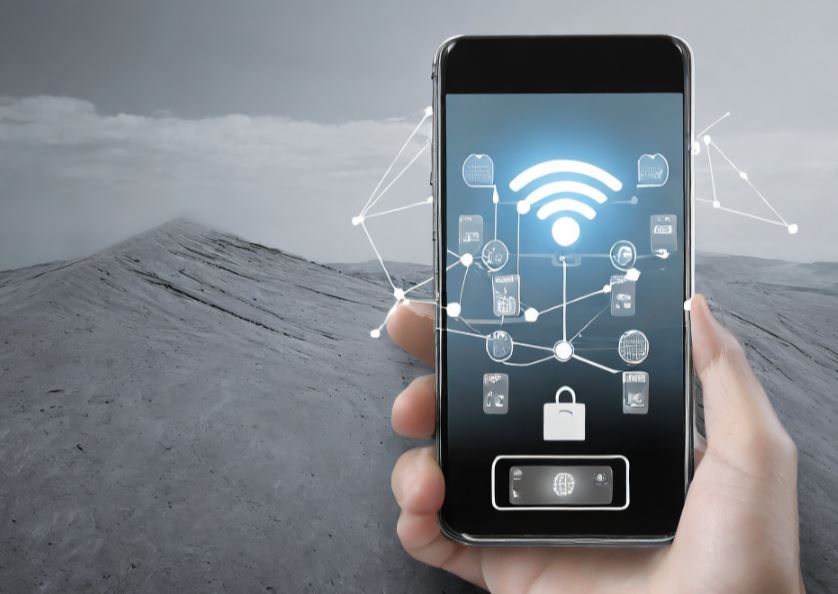Top Essential Earthquake Safety Guidelines
During earthquakes, prioritize safety by following the ‘Drop, Cover, and Hold On’ protocol. Seek shelter under sturdy furniture, away from windows. After the shaking stops, be cautious of aftershocks. Move to an open area, avoiding buildings. Prepare an emergency kit with essentials, and familiarize yourself with evacuation routes. Stay informed through emergency broadcasts for the latest updates. Earthquake safety tips
Secure Heavy Furniture:
To prevent furniture hazards, use earthquake-resistant straps or brackets. Anchor tall items like bookshelves to wall studs. Fasten large appliances, such as water heaters, securely. Regularly inspect and reinforce these anchoring mechanisms.
- Use furniture straps or brackets.
- Anchor tall items to wall studs.
- Regularly inspect and reinforce.
Create an Emergency Kit:
Assemble a comprehensive kit with three days’ water per person. Pack non-perishable food like canned goods and energy bars. Include a first aid kit with necessary medications.
- Pack non-perishable food and water.
- Include a first aid kit.
- Add flashlights and batteries.
Practice “Drop, Cover, and Hold On”:
Familiarize yourself and family with the technique. Conduct regular drills, teaching children to protect heads and necks. Identify strong furniture for cover, like tables and desks.
- Conduct regular drills.
- Identify strong furniture for cover.
- Practice staying in place.
Identify Safe Spaces:
Designate safe spots in each room away from windows and heavy furniture. Practice taking cover in these designated spaces.
- Designate safe spots in each room.
- Practice taking cover.
- Ensure family members are familiar.
Evacuation Plan:
Develop a comprehensive evacuation plan with designated meeting points and escape routes. Communicate this plan with family members, ensuring everyone understands evacuation procedures. Regularly review and rehearse the plan to enhance responsiveness during emergencies.
- Establish designated meeting points.
- Clearly communicate evacuation procedures.
- Regularly review and rehearse the plan.
Bolster Structural Integrity:
Strengthen your home’s structural integrity by retrofitting vulnerable areas. Consult with a professional to identify and address weaknesses in the building, such as reinforcing the foundation and securing heavy items.
- Retrofit vulnerable areas for structural integrity.
- Consult with a professional for assessments.
- Reinforce the foundation and secure heavy items.
Emergency Contacts:
Maintain an updated list of emergency contacts, including local authorities, medical facilities, and relatives. Share this information with all household members, and program it into mobile phones for quick access during crises.
- Compile a list of emergency contacts.
- Share information with household members.
- Program contacts into mobile phones for quick access.
Stay Informed:
Stay abreast of earthquake-related information through reliable sources. Monitor seismic activity, weather updates, and emergency alerts. Familiarize yourself with community evacuation routes and emergency services available in your area.
- Monitor seismic activity and weather updates.
- Familiarize yourself with evacuation routes.
- Stay informed about emergency services in your area.
Gas and Electricity Safety:
Secure your home by learning how to shut off gas and electricity. In the event of an earthquake, this knowledge can prevent gas leaks and electrical fires. Teach all household members the proper procedures to ensure a quick and safe response.
- Learn how to shut off gas and electricity.
- Prevent gas leaks and electrical fires.
- Teach household members the proper procedures.
Post-Earthquake Inspection:
After an earthquake, conduct a thorough inspection of your home for damage. Check for structural issues, gas leaks, and other hazards. Be cautious of aftershocks and address immediate dangers before attempting to assess your property.
- Conduct a thorough post-earthquake inspection.
- Check for structural issues and gas leaks.
- Be cautious of aftershocks.
Community Preparedness:
Engage with your community in earthquake preparedness initiatives. Participate in drills and local training programs. Collaborate with neighbors to create a network of support and resources for recovery efforts.
- Engage in community preparedness initiatives.
- Participate in local training programs and drills.
- Collaborate with neighbors for support and recovery efforts.
Secure Fragile Items:
Minimize the risk of injury by securing fragile items such as glassware, artwork, and mirrors. Use earthquake putty, museum wax, or other suitable adhesives to anchor these items and prevent them from falling during tremors.
- Minimize the risk of injury.
- Secure fragile items with earthquake putty or wax.
- Anchor items to prevent falling during tremors.
Financial Preparedness:
Prepare financially for earthquake aftermaths by keeping important documents in a waterproof and fireproof container. Have some cash on hand, as ATMs and electronic transactions may be unavailable. Review insurance policies to ensure coverage for earthquake-related damages.
- Keep important documents in a waterproof container.
- Have cash on hand for emergencies.
- Review insurance policies for earthquake coverage.
Emergency stuffs and calamity plan are vital.
Earthquake is not a regular incidence. Yet, it could be very troublesome because it occurs suddenly and tend to affect great areas. Earthquake could be a one-time event of a few seconds trembling or a series of events of unreliable duration.
As earthquake happens without notice, being prepared in advance is decisive to minimize damages and loss. Consider these earthquake safety tips could be as follows:
What to do before an earthquake
- Be aware of your risk. Examine the area and find out if you live near a lively fault line whether or not the free space around you is more vulnerable to the special effects of an earthquake.
- Retrofit and emphasize your house. If you’re in a soaring risk area, take steps to support your house. Secure your house to the base and reinforce support beams as desired. Safe any furniture such as bookshelves and cupboards to the walls to reduce risk of falling over during an earthquake. Protect the cabinet doors to help to keep dishes and other insides from falling out.
- Build a calamity plan to protect yourself and your family.
- Place together all the emergency equipments. Your stuff should include food, drinking water, first aid equipment, flashlights, site supplies such as oven, battery-powered lantern, etc., additional batteries, blankets and any personal items you may need.
What to do during an earthquake
- Live away from windows and furniture that could fall over on you. One of the biggest dangers during an earthquake is falling trash and fittings. Try to avoid those areas in your house where you might be exposed to these dangers.
- Take shelter in a safe place in your house like under a strong table or desk to avoid being strike by anything.
- Do not go outside till the shaking stops.
After an Earthquake
- Make sure your gas lines have no leaks.
- Check your electrical wiring whether it is damaged or not. Turn off the power if you can see spoiled wiring in your house.
- Wearing shoes is a must as there could have broken glass or leakage of chemicals on the floor of your house due to the earthquake.
[bws_related_posts]








